REEL V. REAL
Books by Frank Sanello
The Opium Wars: The Addiction of One Empire and the Corruption of Another
The Knights Templar: Gods Warriors, the Devils Banker
Reel v. Real: How Hollywood Turns Fact into Fiction
Spielberg: The Man, the Movies, the Mythology
Jimmy Stewart: A Wonderful Life
Eddie Murphy: The Life and Times of a Comic on the Edge
Stallone: A Rocky Life
Upcoming Books
Faith and Finance in the Renaissance: The Rise and Ruin of the Fugger Empire To Kill a King: The Murder of Gods Anointed
REEL V. REAL
How Hollywood Turns Fact into Fiction
Frank Sanello

First Taylor Trade Publishing edition 2003
This Taylor Trade Publishing softcover edition of Reel v. Real is an original publication. It is published by arrangement with the author.
Photos on appear courtesy of J. C. Archives
Photos on appear courtesy of Larry Edmonds
Copyright 2003 by Frank Sanello
All rights reserved.
No part of this book may be reproduced in any form or by any electronic or mechanical means, including information storage and retrieval systems, without written permission.
Published by Taylor Trade Publishing
A Member of the Rowman & Littlefield Publishing Group
4720 Boston Way
Lanham, Maryland 20706
Distributed by National Book Network
Library of Congress Cataloging-in-Publication Data
Sanello, Frank.
Reel v. real : how hollywood turns fact into fiction / Frank Sanello
p. cm.
Includes bibliographical references and index.
ISBN 0-87833-268-5 (pbk : alk.paper)
1. Historical filmsHistory and criticism. 2. Motion pictures and history. I. Title: Reel versus real. II. Title.
PN41995.9.H5 S26 2001
791.43'658dc21
2001027525
 The paper used in this publication meets the minimum requirements of American National Standard for Information SciencesPermanence of Paper for Printed Library Materials, ANSI/NISO Z39.48-1992.
The paper used in this publication meets the minimum requirements of American National Standard for Information SciencesPermanence of Paper for Printed Library Materials, ANSI/NISO Z39.48-1992.
Manufactured in the United States of America.
For Christina Madej
Those who do not learn the mistakes of the past
are condemned to repeat them on film.
Santayana & Ebert at the Movies
CONTENTS
INTRODUCTION
Gibbon said that history is little more than the register of the crimes, follies, and misfortunes of mankind, but when fictionalizing history, writers often feel such dramatic fare needs a tweaking for maximum theatricality. The real events, however stormy, seem to require more strm und drang.
The great German playwright Friedrich von Schiller once wrote that in order to tell the truth sometimes you have to lie. He amply demonstrated this in his 1803 play The Maid of Orleans, at the end of which Joan of Arc escapes imminent immolation and gains her freedom! Schiller was attempting to get at some deeper philosophical truth rather than the well-known facts of Joans life, including her iconic death. But more often and with less noble goals, history for centuries has been twisted and distorted beyond recognition for a much simpler reason. As the old newspaper hack once urged, Never let the facts get in the way of a good story.
Ever since Homer used rhyme to jog his memory and Suetonius put stylus to parchment in his gossipy, ahistorical Lives of the Caesars, writers have been using history for purposes other than the obviousaccurate re-creations of the past. But the greatest gap between the actual past and fictionalized accounts of it may lie in Hollywoods marzipan-and-truffles treatment of history. Never, indeed, let historical truth get in the way of a good, two-hour blockbuster that earns $200 million domestic.
I hope this work serves as more than a gotcha! catalogue of movie missteps proving the already proven: that Hollywood treats history like an ugly stepchild that needs to be tarted up with fictional additions. Or, as The Times (London) said, No historical drama can be said to have done its job unless it causes at least half a dozen historians to tear their hair out. Theres also an old saying that when one walks through history, one should be careful not to trip. Critics would say that Hollywood has been stumbling over its feet since the day it began making period films.
The stakes are higher than the frivolous nature of popular entertainment makes them seem at first glance. As John Harlow and Nicholas Hellen wrote in The Times (London), movies are often the only way kids learn history:
Dramatists have long sacrificed fact in pursuit of art, and much of the time it can be shrugged off... but there is a growing concern that in a post-literate society, where children get more information from films and television than books, the routine distortion of history in Hollywood films is becoming pernicious. Films are no longer mere entertainments: they are a prime and often sole source of information for many young minds.
Consider these sad surveys of the state of young American minds: Shortly before the release of Schindlers List in 1993, a Gallup poll revealed that eighty percent of children had never heard of Auschwitz. Other polls show that youngsters think Lenin, not Stalin, led the Soviet Union during World War II, and that some think the first name of the leader of the Russian Revolution was John. And, no doubt, that Groucho wrote Das Kapital.
Highly fictionalized treatments of the past are being accepted as historical truth by students, reports history professor Judith MacKinlay, who recalls that one of her college students reproduced whole chunks of dialogue almost verbatim from the film Michael Collins, the 1996 epic about the birth of the Irish Republic, which was widely criticized for its pro-IRA, anti-British slant. Students would rather watch movies than wade through a textbook, without realizing that directors are twisting the facts. Hollywood leaves behind powerful images, MacKinlay says.
The New York Times agrees. More people are getting their history, or what they think is history, from the movies these days than from the standard history books, Richard Bernstein wrote in 1990. Things have improved a bit since then, as people now learn about the past from sound bytes on the History Channel.
But its not just our youth who swell the ranks of the historically confused. Heres another bit of embarrassing trivia: The American distributor of the British-made The Madness of King George III demanded that the Roman numeral be removed from the title so frustrated audiences wouldnt think they were watching a sequel whose first two installments they had missed.
If Santayana was correct that those who do not learn the mistakes of the past are condemned to repeat them, were in big trouble.
Commercial imperatives most often fuel cinematic rewrites of history. Complex economic and social issues are pured into easily digestible bits of information intended for consumption by Hollywoods most sought-after demographic: the lowest common denominator.
The entertainment industrys traditional liberalism also nurtures historical solipsism. American historian James Bowman says:
The deeper sin is to make every historical character, from Merchant/Ivorys Jefferson in Paris to Elizabeth I, sound like a modern liberal. They distort in subtle as well as obvious ways, such as making us feel superior to Nazis and slave-traders rather than questioning if, in another life, we might have been Nazis and slavers. It gets in the way of understanding the foreign country that is the past.


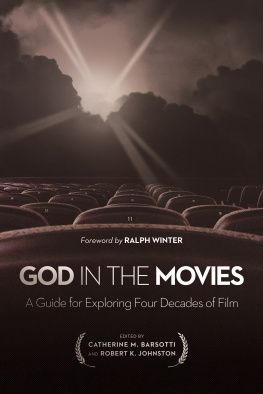
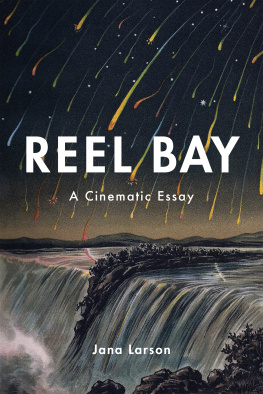
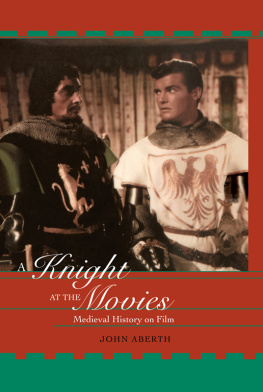
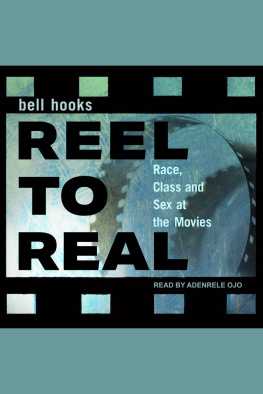
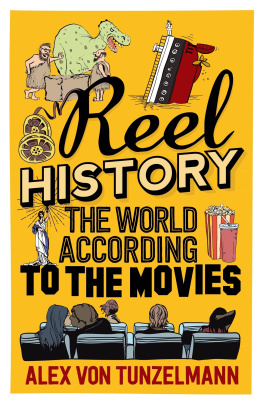
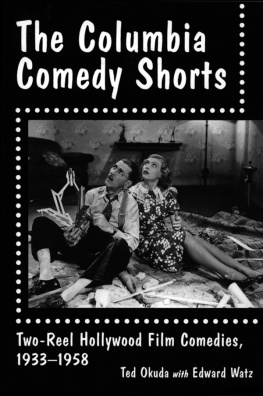
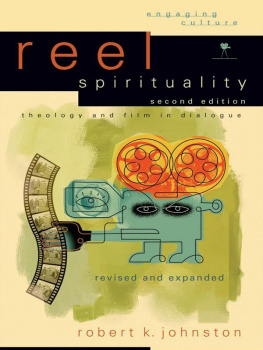
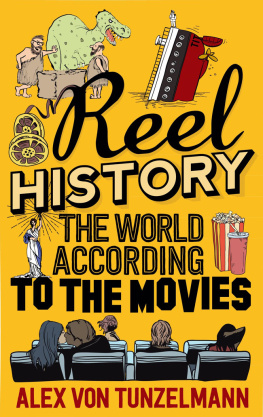
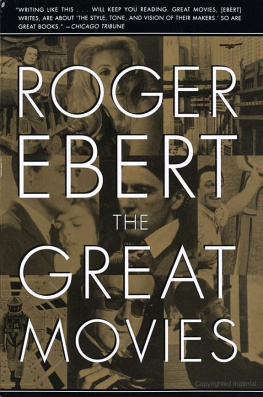

 The paper used in this publication meets the minimum requirements of American National Standard for Information SciencesPermanence of Paper for Printed Library Materials, ANSI/NISO Z39.48-1992.
The paper used in this publication meets the minimum requirements of American National Standard for Information SciencesPermanence of Paper for Printed Library Materials, ANSI/NISO Z39.48-1992.